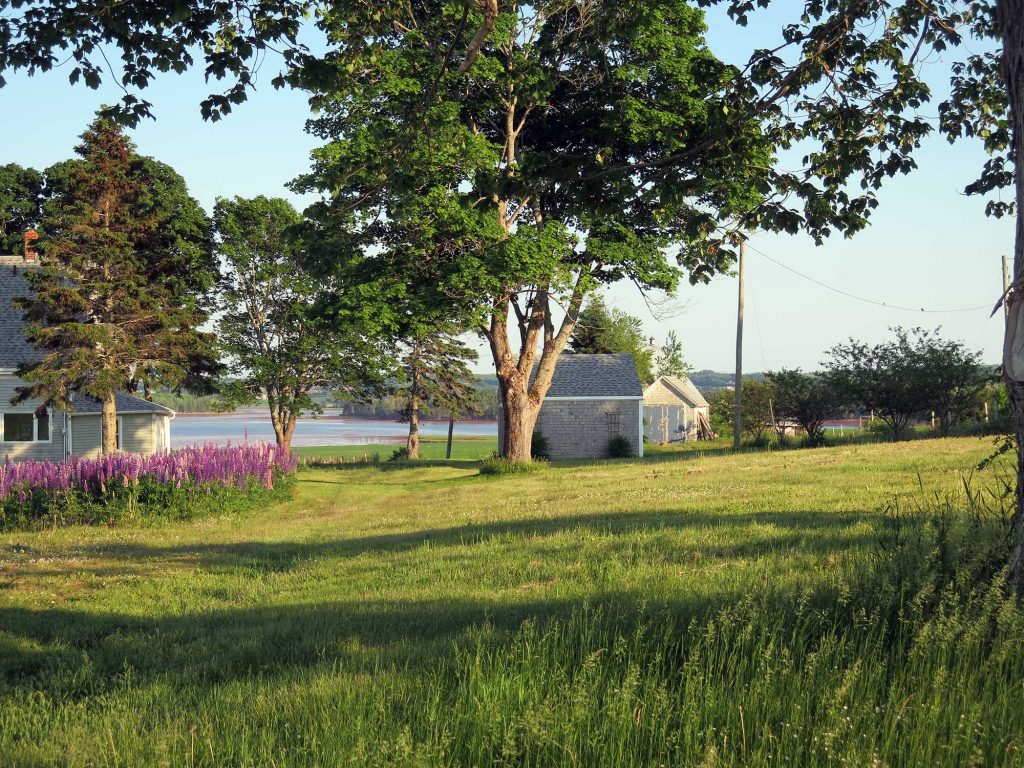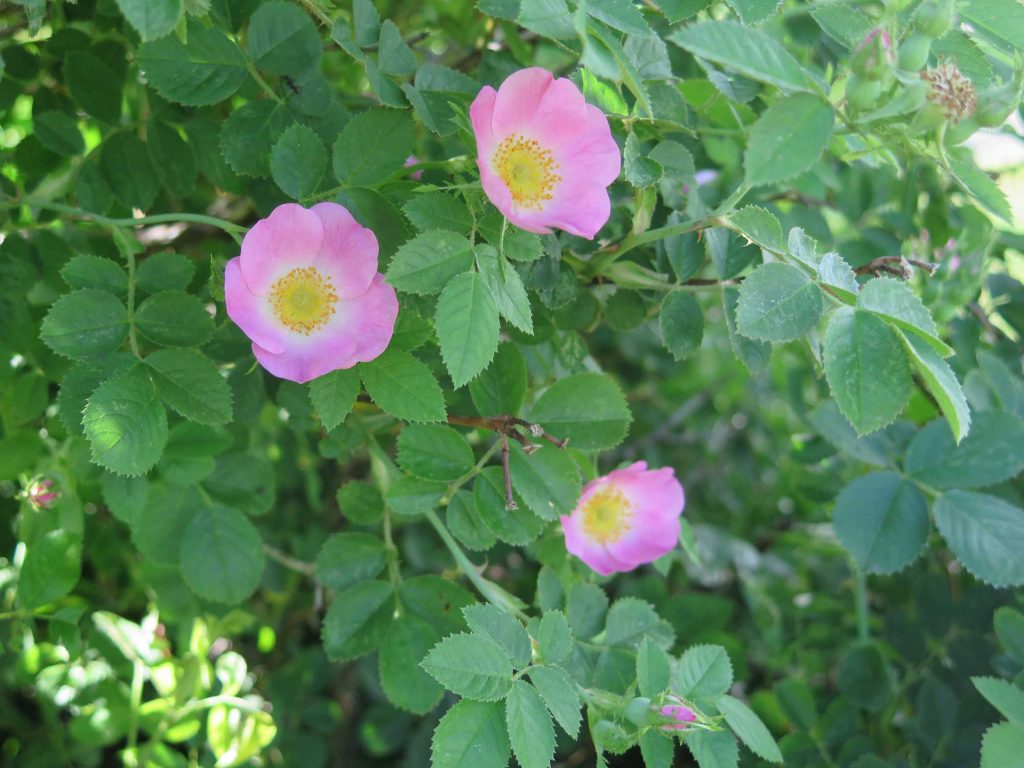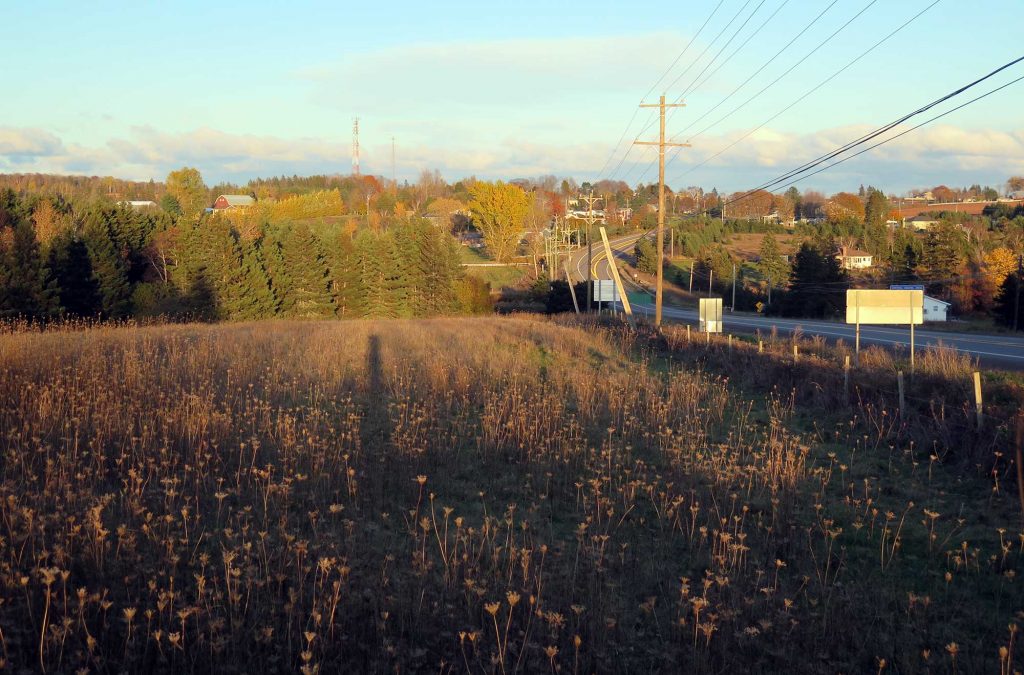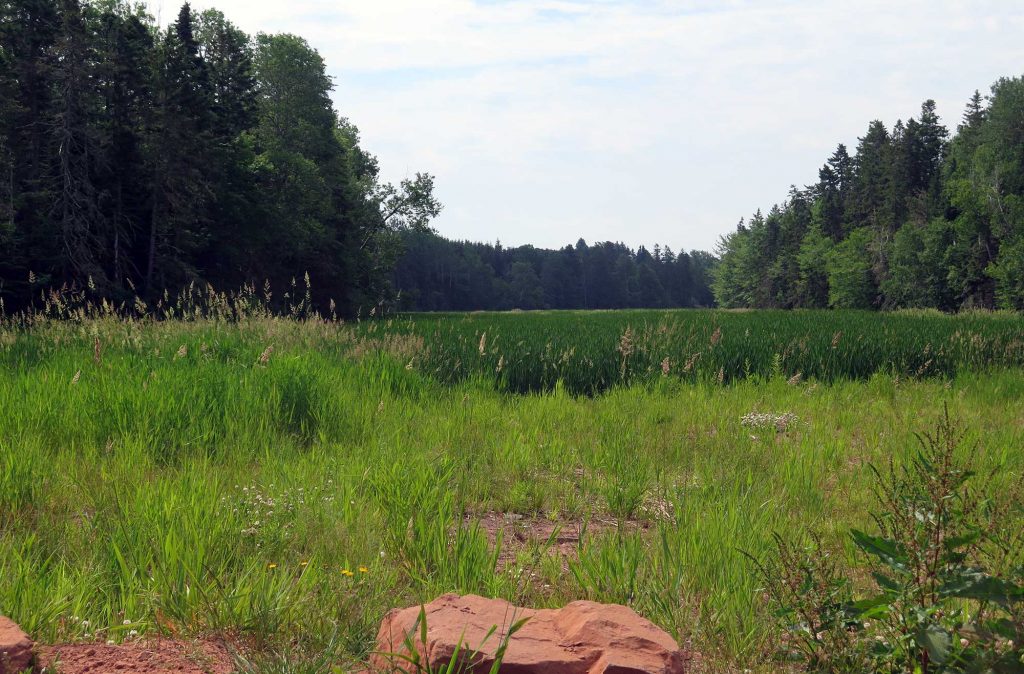About Clyde River
Our Community
In the late 1700s and early 1800s the West and Clyde Rivers were the transportation route that brought settlers to the community, and many homesteads were established along their banks. When roads were built, settlement moved inland from the rivers, and today Clyde River covers an area of 16.05 square kilometers*, bordered by the municipalities of Kingston and West River and the town of Cornwall.
Clyde River’s early economy was agriculture and water based. Although it is no longer used to power mills or transport people, goods and services, the Clyde River plays an important scenic and recreational role in the community. Agriculture continues to be an important part of this rural municipality with traditional and innovative farming methods contributing to soil health, water management and environmental sustainability.
Descendants of some of the founding families still call Clyde River home, and ongoing residential and commercial growth and development attest to the fact that Clyde River is a great place to live.
The Municipality of Clyde River was incorporated in 1974 and has a population of 653*. It is governed by the “Municipal Government Act” which falls under the Government of Prince Edward Island’s Departments of Fisheries and Communities. The council is the governing body for the municipality; it consists of a mayor, six councillors and an administrator.
*2016 Canadian Census of Population
Our Council
The current council consists of Councillors Catharine Murray Grandjean, Maureen McNevin, Jeff Mallet, Julia Purcell, deputy Mayor Carolyn Wood and Mayor Steven Shoemaker. The municipality’s Administrator is Dan Murray. Municipal elections are held every 4 years with the next election scheduled for Nov 7, 2026.
Council meetings are held at the Riverview Community Centre at 6:30 p.m. on the 2nd Wednesday of the month. All meetings are open to the public.
Clyde River is the first community in Prince Edward Island to have a Coat of Arms. The following historical document explains the history leading up to Clyde River achieving their own coat of arms and the meaning of the elements featured:
Clyde River Coat of Arms
Prior to 1988, Canadian individuals, corporations or organizations in general who wished to have lawful armorial bearings were required to petition Queen Elizabeth II’s traditional Heraldic officers at the College of Arms in London, England.
On June 4, 1988, by Royal Letters Patent, Her Majesty graciously transferred the exercise of her heraldic authority and prerogative to the Governor General of Canada. Today, a new Canadian Heraldic Authority exercises complete heraldic responsibility in Canada.
Clyde River Community, through its Council, as approved at the Annual General Meeting, petitioned the C.H.A. (Canadian Heraldic Authority) to carry its own armorial bearings. Permission has now been granted and the Coat of Arms designed and approved.
The motto on the Coat of Arms is jointly “Oigreachd: Heritage”. Oigreachd is the Gaelic word for “Heritage”. Gaelic was once spoken by many of the early settlers. A few of their descendants today can still recall the language being spoken at home. The Coat of Arms includes a sheaf of wheat to denote local agriculture and a horseshoe indicative of local horse breeding and harness racing. It also has an oak tree. This provides a nice link between Prince Edward Island and the Clyde in Scotland, which also has an oak tree in its Coat of Arms. Another link is a blue and white band (or fesse in heraldic terms) which portrays the local River Clyde and the “parent” River Clyde in Scotland. The crest is a unicorn, again a link to Scotland. The unicorn was the traditional heraldic beast of Scottish monarchs and was incorporated with the Royal Coat of Arms in 1603 under James I of England and James VI of Scotland.
Also on the crest is a suspended purple Celtic Cross, suitably recalling the long-standing association of the community with the church. The mantling around the Coat of Arms acts as supporters; it is green and yellow, representing the familiar green foliage of our Island and its yellow sands.
Murchison Place Park
In 1893, the property located at the intersection of the Clyde River and Dog River Roads became home to the busy medical practice of Dr. Alex J. Murchison. In addition to the Doctor’s office and dispensary, the homestead housed expansive gardens and a wide selection of trees and flowers. A century later, the family of Dr. and Mrs. Murchison donated the property for community use. The property had fallen into disrepair and had become unsafe; Burnside Presbyterian Church undertook restoring the property, but in 2003 Hurricane Juan destroyed their progress.
In 2005, the Clyde River Community Council received an Infrastructure Grant to create a community park on the Murchison property and a volunteer committee was struck to oversee the building of what was to become Murchison Place Park. Through the grant they hired contractors to remove the old buildings, level the grounds, install a chain link fence and build a gazebo. Community members spent hundreds of volunteer hours trimming trees, cleaning up debris, building a walkway, creating a flower bed and split rail fence, and constructing a tree house, playground equipment, a storage shed and seating. Volunteers planted hundreds of native shrubs and plants and created and erected story boards. The Park opened in 2007 and remains valued public space for the community and surrounding areas.
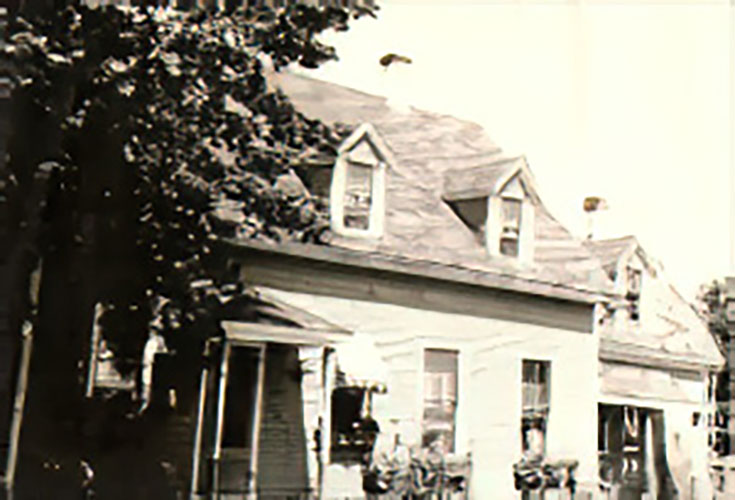
Murchison house, circa 1940 with some of the plantings.

Sketch of the property, showing the original trees and gradens.
Pioneer Cemetery
Many of the community’s early settlers arrived by way of the river and at the end of their lives they were laid to rest beside it, in the serenity of the Clyde River Pioneer Cemetery. The story board located in the cemetery of the Baptist church tells the story of the site and further information may be found in the COMMUNITY HISTORY section.
Clyde River Facts
Land area: 115.93 square kilometers
Population density: 35.9 per square kilometre.
Population: 614
Number of properties: 355
Private dwellings: 215
Lot Number: 31
Original Name: Dog River (Changed to Clyde River around 1864). It was named after the River Clyde in Scotland.
2021 Census Data

